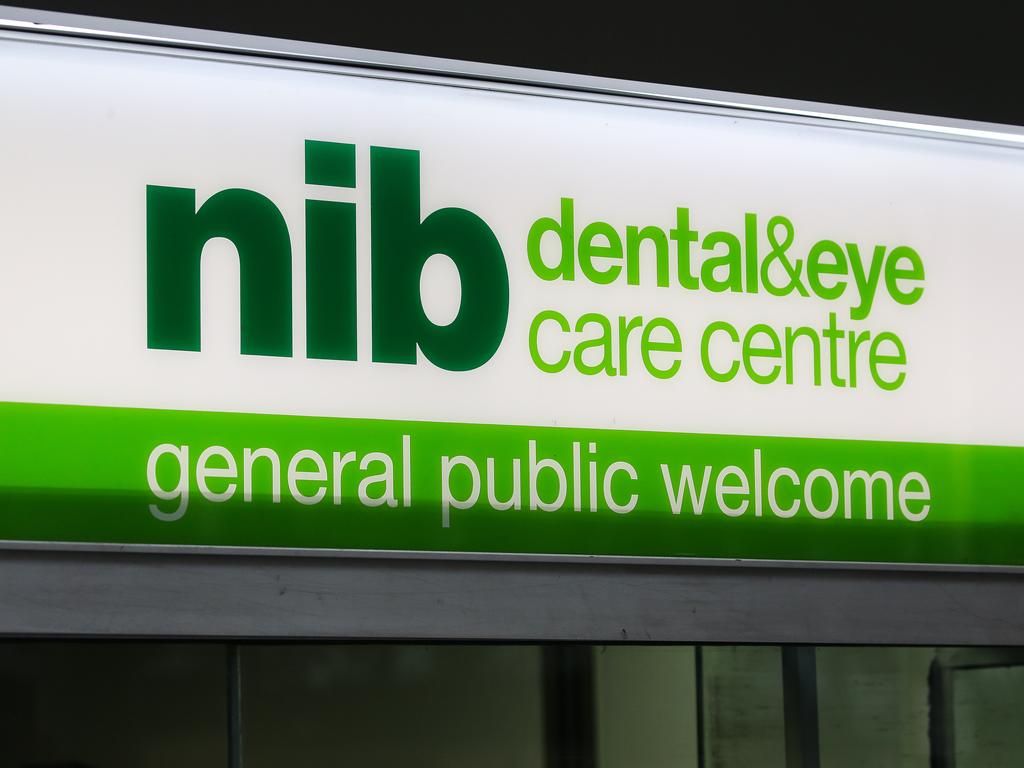
Public hospitals are critically overloaded and understaffed, with elective surgery waiting lists stretching into the never-never. It pushed millions to take out private health insurance during Covid in the belief that would provide instant access and choice.
Consumers are now discovering the value proposition of health insurance is at risk of becoming a falsity. The government has recognised the looming disaster and called a rapid viability review of struggling private hospitals, with many on the verge of going broke.
The hands-off approach to the commercial running of the private sector, borne out of Paul Keating’s introduction of direct contracting in line with the philosophy that competitive market tension would place downward pressure on costs and premiums, worked for two decades. But laissez-faire by governments is arguably irresponsible or indefensible in circumstances where market power is in serious imbalance.
We have a private system on its knees, with the exception of Ramsay Healthcare. Insurers are under great pressure to keep costs low for consumers but are by and large in a state of rude financial health. It’s no wonder St Vincent’s Health, whose books are bleeding, and which runs not only top private hospitals but also charitable healthcare and services to the poorest for free in significant measure, felt it had no option but to play a game of unprecedented contractual brinkmanship with NIB.
There are salient lessons from the pandemic as to what can happen if market forces are left to run amid a weakening of critical parts of the health system. Look to the collapse in primary care, triggered by years of Medicare rebate freezes and inadequate indexation. Aided by telehealth, corporates have moved, and what we get is fragmented healthcare, cowboy telehealth operators, supermarkets moving to app-based healthcare integrated with their own pharmacies, and unregulated markets in medicinal cannabis. All driven by a pervasive profit motive.
There are real questions as to what happens to the private health market if governments let market forces prevail. Underpinning all the tensions is a complete failure across all systems to fund and prioritise preventive healthcare. Insurers cannot be blamed for wanting to step in to reduce costs and keep people well. But it’s worth asking what vertically integrated healthcare, in which insurers own and operate the services, the proliferation of which we are now witnessing with NIB at the forefront, would really mean for Australia and the egalitarianism we pride ourselves on.






The foundations of Australia’s celebrated public-private healthcare system have been slowly cracking for years. Yet the immense pressures of ageing and chronic disease that will be placed upon this shaky base have not yet ramped up to their full force – not even close.